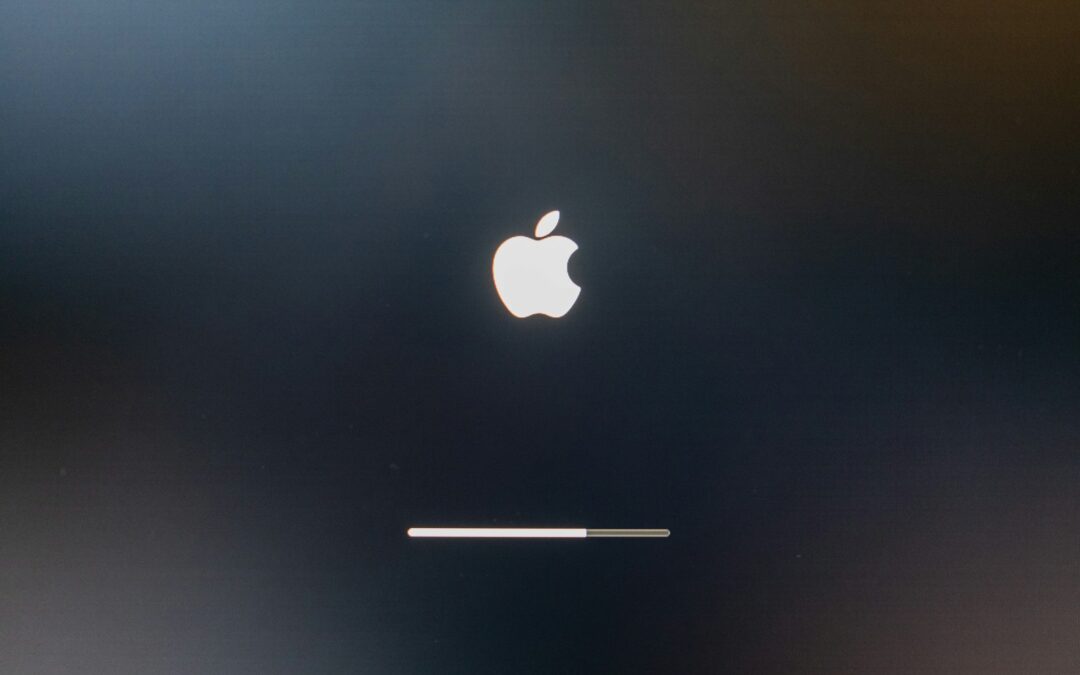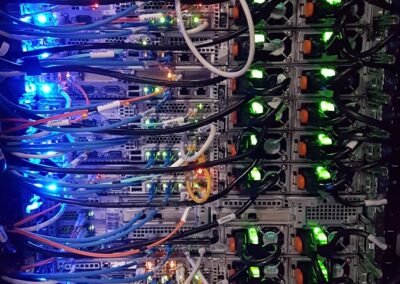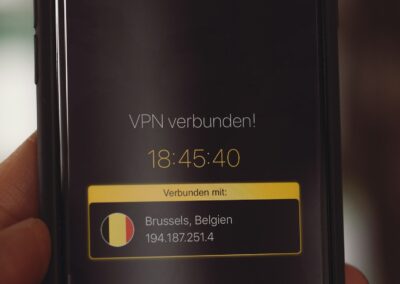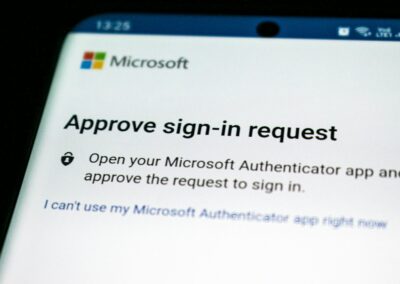The Importance of a Secure Update Policy in IoT Device Management
Understanding the Risks of Insecure IoT Devices
Implementing a secure update policy in IoT device management is critical for reducing security risks and maintaining the integrity of connected systems. IoT devices, ranging from smart home gadgets to industrial sensors, are increasingly integral to daily operations. However, these devices are often deployed with outdated software, leaving them vulnerable to cyber threats. Without regular and secure updates, IoT devices can become entry points for attackers, leading to data breaches, unauthorized access, and operational disruptions.
In regions such as Saudi Arabia and the UAE, where technological advancements are driving economic growth, the security of IoT devices is paramount. Cities like Riyadh and Dubai are at the forefront of adopting smart technologies, making the protection of IoT ecosystems crucial. A robust update policy ensures that devices are consistently equipped with the latest security patches and firmware updates, protecting them from emerging threats.
Understanding the risks associated with insecure IoT devices involves recognizing common vulnerabilities such as outdated firmware, weak authentication mechanisms, and unpatched software. By implementing a secure update policy, businesses can mitigate these risks, ensuring that their IoT devices remain secure and resilient against cyber attacks. This proactive approach not only enhances security but also builds trust with stakeholders and customers.
Elements of a Robust Secure Update Policy
To effectively implement a secure update policy in IoT device management, several key elements must be included. First and foremost, the policy should mandate regular updates for all IoT devices. This includes scheduled firmware updates, security patches, and software upgrades. Regular updates ensure that devices are protected against known vulnerabilities and are equipped with the latest security features.
In Saudi Arabia and the UAE, where IoT adoption is rapidly increasing, a robust update policy is essential for maintaining the security of connected devices. The policy should also include automated update mechanisms to minimize the risk of human error and ensure timely implementation of updates. Automated updates can be scheduled during off-peak hours to minimize disruptions and ensure continuous protection.
Additionally, the policy should include a verification process to ensure that updates are applied correctly and without errors. This involves testing updates in a controlled environment before deployment and verifying the integrity of the update files. By including these elements, businesses can ensure that their IoT devices are consistently protected against security threats, maintaining the integrity and reliability of their connected systems.
Leveraging AI and Blockchain for Enhanced Security
Artificial Intelligence (AI) and blockchain technology offer innovative solutions for enhancing the security of IoT device updates. AI can help identify and mitigate security vulnerabilities by analyzing update processes in real-time, detecting anomalies, and providing automated recommendations for improvements. Machine learning algorithms can also predict potential security threats based on historical data, enabling proactive measures to be implemented.
In the dynamic technological landscapes of Riyadh and Dubai, leveraging AI for secure update policies can significantly enhance the robustness of IoT applications. AI-driven security tools can continuously monitor update processes, ensuring that any unusual activity is promptly identified and addressed. This proactive approach to security ensures that IoT devices remain protected against evolving cyber threats, maintaining the integrity and reliability of connected systems.
Blockchain technology offers an additional layer of security by providing a decentralized and immutable ledger for recording update transactions. This ensures that updates are securely transmitted and applied, preventing tampering and unauthorized access. In regions like Saudi Arabia and the UAE, where data integrity is crucial, integrating blockchain into IoT update policies can provide a secure foundation for protecting sensitive information. Blockchain’s transparency and decentralization make it an effective tool for ensuring the authenticity and integrity of IoT device updates.
Strategies for Implementing a Secure Update Policy
Automated and Scheduled Updates
To effectively implement a secure update policy in IoT device management, organizations should prioritize automated and scheduled updates. Automated updates reduce the risk of human error and ensure that updates are applied consistently and timely. Scheduling updates during off-peak hours minimizes disruptions to operations and ensures that devices are continuously protected.
In regions like Riyadh and Dubai, where IoT devices are integral to daily operations, automated and scheduled updates are essential for maintaining security. By implementing automated update mechanisms, businesses can ensure that their IoT devices are always equipped with the latest security patches and firmware updates, protecting them from emerging threats. This approach also reduces the administrative burden on IT teams, allowing them to focus on other critical security tasks.
Additionally, organizations should implement a centralized update management system to oversee the update process for all IoT devices. A centralized system provides a unified platform for managing updates, ensuring consistency and compliance with security policies. This system can also provide real-time monitoring and reporting, allowing organizations to track the status of updates and identify any potential issues.
Comprehensive Testing and Verification
Comprehensive testing and verification are critical components of a secure update policy. Before deploying updates to IoT devices, organizations should test them in a controlled environment to ensure compatibility and functionality. This testing process helps identify any potential issues or conflicts that could arise during the update process.
In regions like Saudi Arabia and the UAE, where the reliability of IoT devices is crucial, thorough testing is essential for maintaining the integrity of connected systems. By testing updates before deployment, organizations can prevent disruptions and ensure that updates are applied smoothly and effectively. This approach also helps build trust with stakeholders and customers, demonstrating a commitment to security and reliability.
Verification is another important aspect of a secure update policy. Organizations should verify the integrity of update files before deployment to ensure that they have not been tampered with. This can be achieved through cryptographic checksums or digital signatures, providing an additional layer of security. By implementing comprehensive testing and verification processes, businesses can ensure that their IoT devices are consistently protected against security threats.
Fostering a Security-First Culture
Creating a security-first culture within an organization is essential for successfully implementing a secure update policy in IoT device management. This involves promoting security awareness and training employees on the importance of regular updates and best practices for maintaining device security. By fostering a culture of continuous learning and improvement, organizations can ensure that their teams are equipped to address emerging security challenges.
In regions like Riyadh and Dubai, where technological innovation is a key driver of economic growth, fostering a security-first culture can enhance the overall security posture of businesses. Executive coaching services can play a pivotal role in developing strong leadership that prioritizes security and promotes best practices across the organization. Leaders should encourage open communication and collaboration among teams, ensuring that security concerns are promptly addressed.
Additionally, incorporating security into the development lifecycle from the outset is crucial for building secure IoT applications. This involves adopting DevSecOps practices, which integrate security into every phase of the development process. By prioritizing security from the initial design stages through to deployment and maintenance, businesses can develop robust and secure IoT applications that meet the highest standards of security and reliability.
Conclusion
Implementing a secure update policy in IoT device management is essential for reducing security risks and protecting connected systems. By leveraging AI and blockchain technologies, automating updates, and fostering a security-first culture, businesses in Saudi Arabia, the UAE, Riyadh, and Dubai can enhance the security of their IoT devices. Embracing these practices will enable organizations to harness the full potential of IoT, driving innovation, operational efficiency, and long-term business success in an increasingly connected world.
—
#SecureUpdatePolicy #IoTDeviceManagement #IoTSecurity #ReducingSecurityRisks #SaudiArabiaTechnology #UAEInnovation #AIInIoTSecurity #BlockchainForDataProtection #BusinessSuccess #ExecutiveCoaching #LeadershipInTechnology #ProjectManagement































